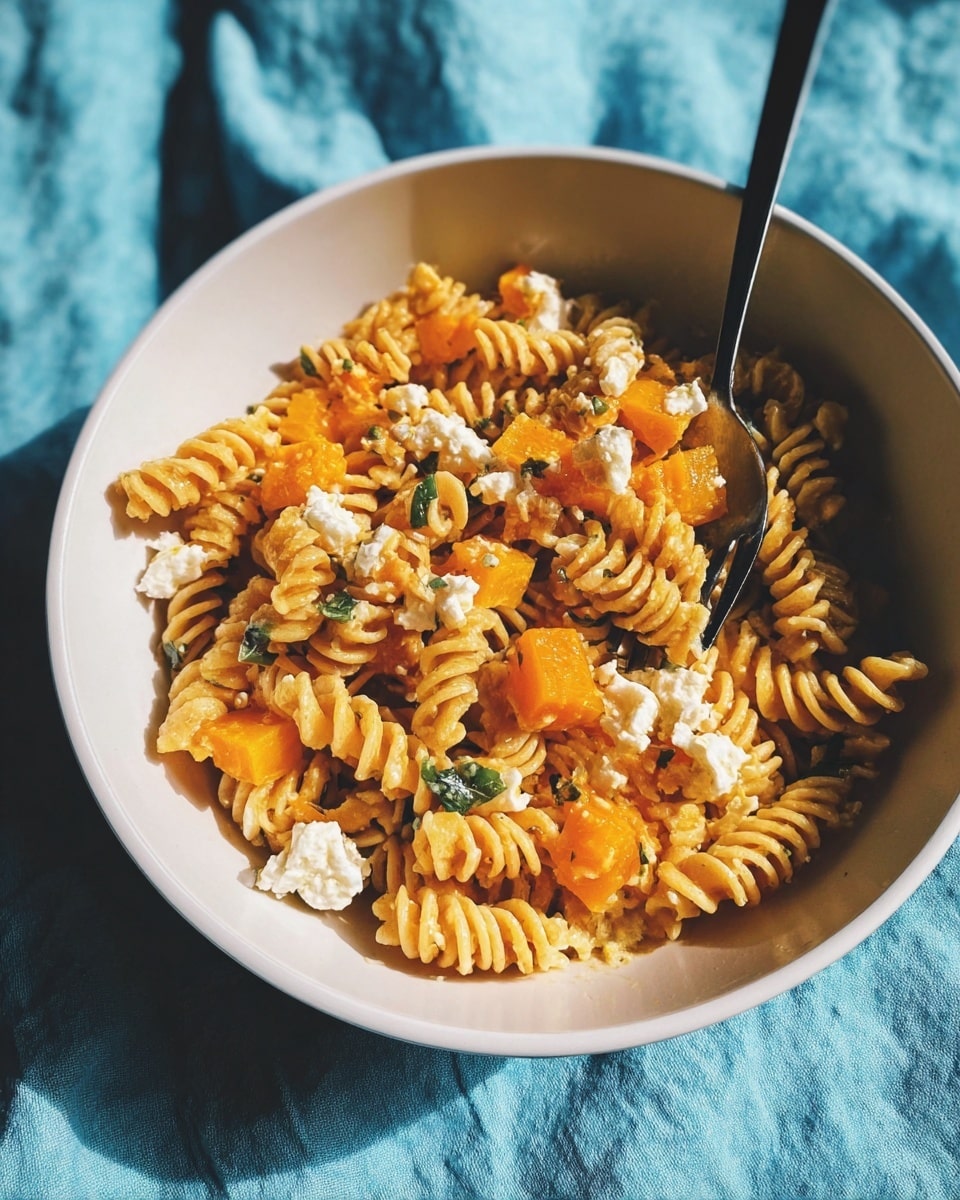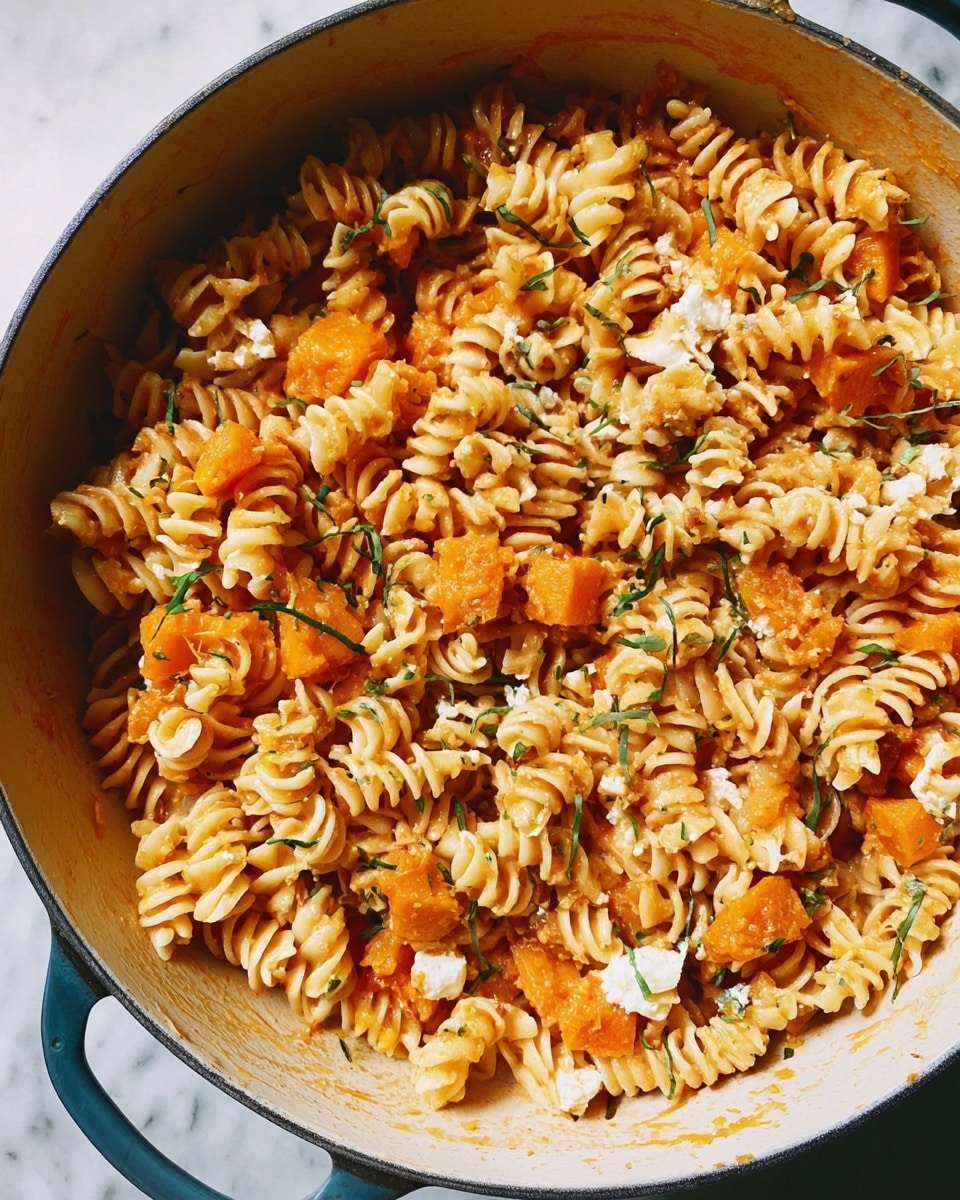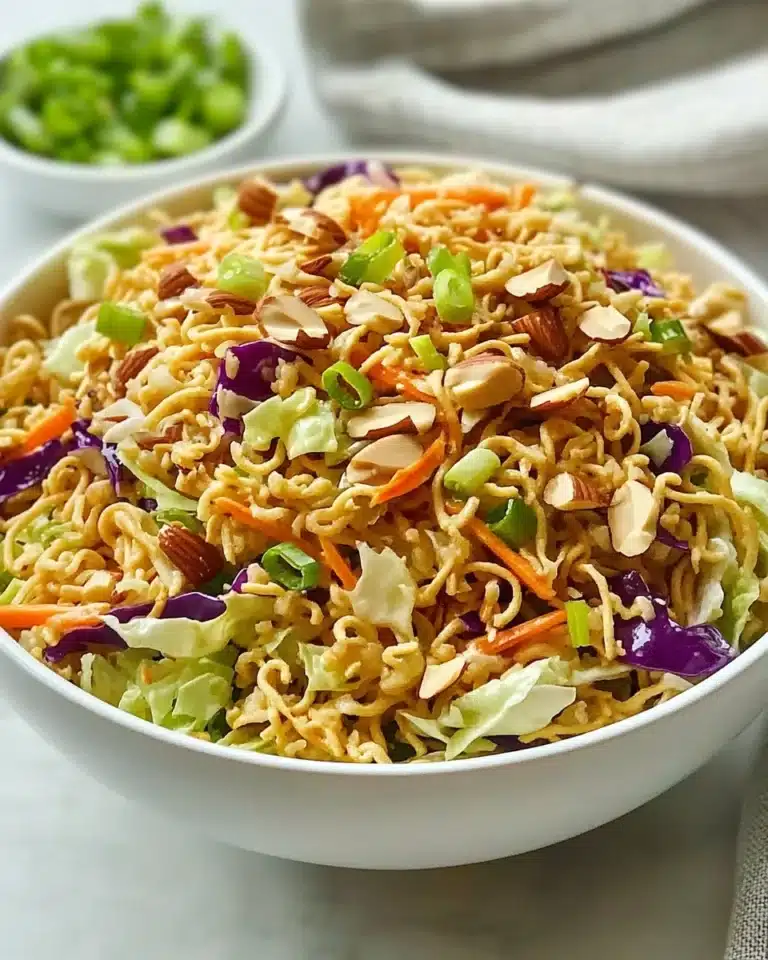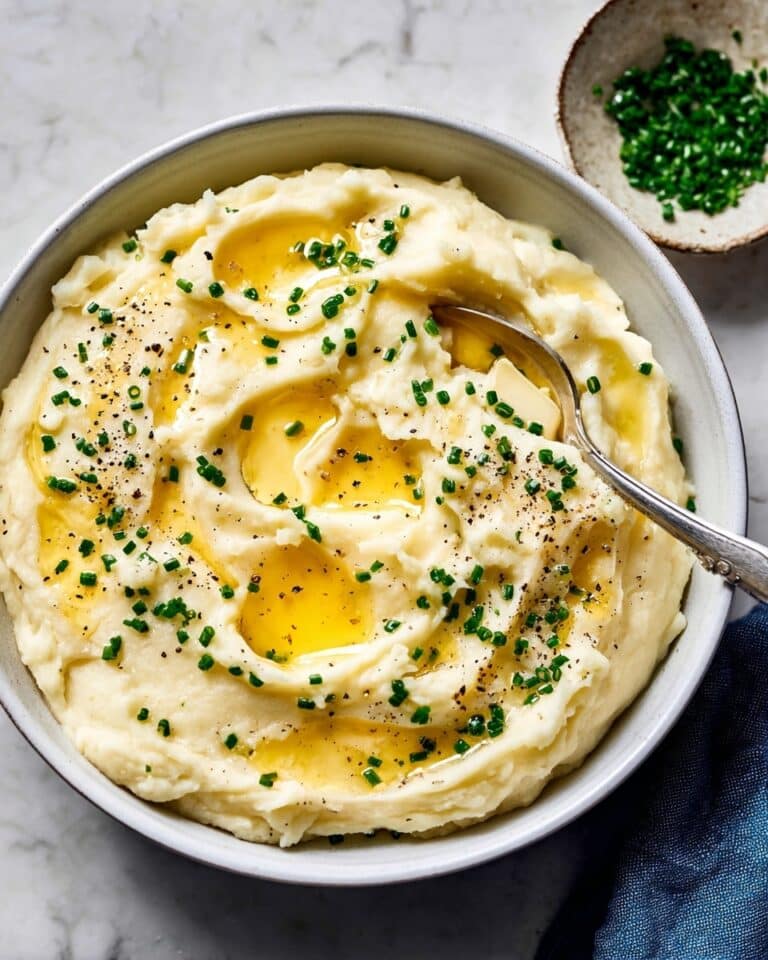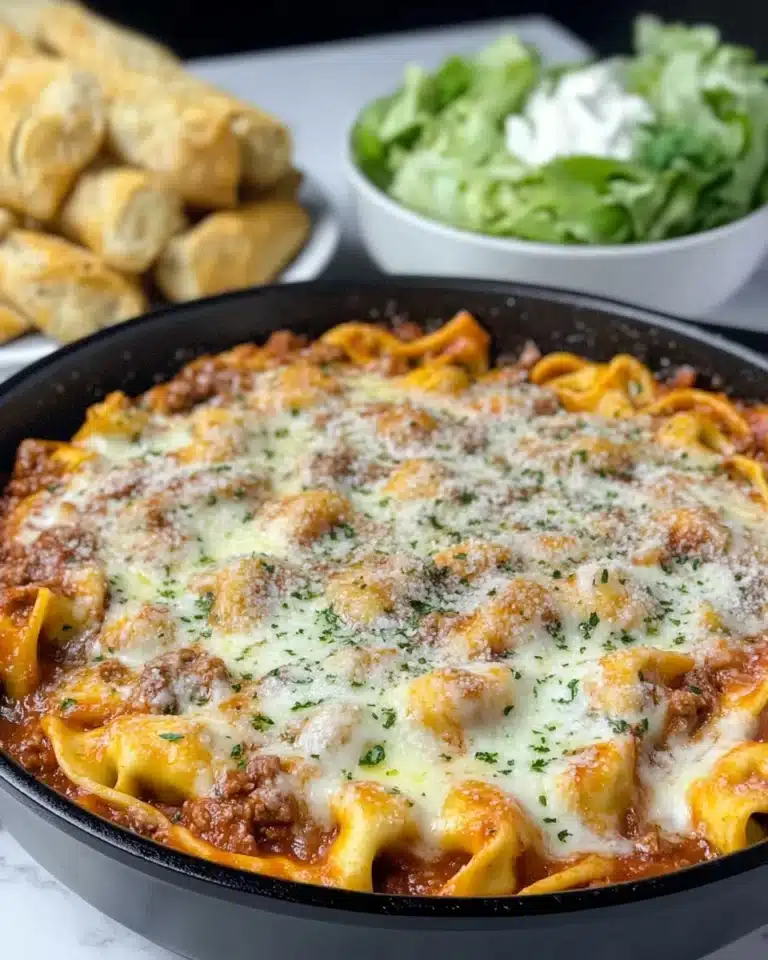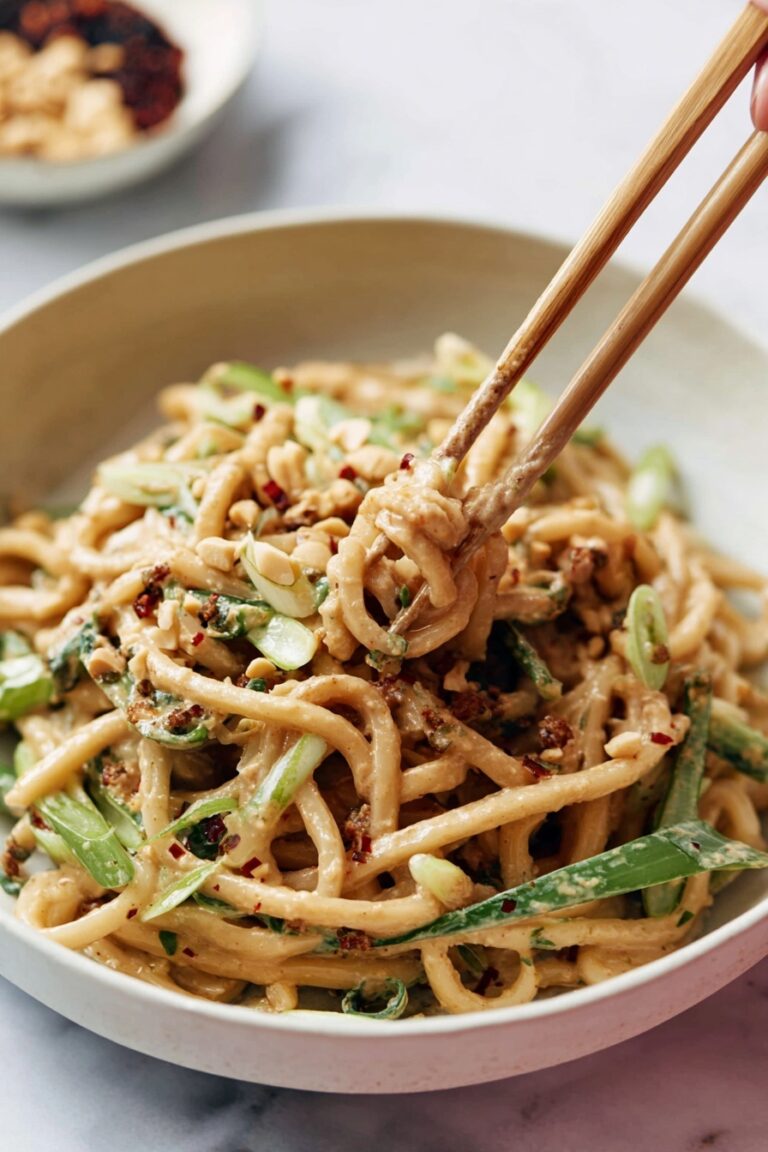I absolutely love sharing this Baked Feta and Butternut Squash Pasta with Sage and Garlic Recipe because it feels like a cozy hug on a plate. The way the earthy sweetness of roasted butternut squash meets the tangy creaminess of baked feta is truly something special, and the little punch from sage and garlic ties it all together beautifully. Whether you’re looking for a comforting weeknight dinner or an impressive dish to serve friends, this recipe delivers every time.
When I first tried this combination, I was amazed at how effortlessly simple it is, yet the flavors are so deep and satisfying. You’ll find that this baked feta and butternut squash pasta is perfect for those cooler evenings or any time you want a pasta dish that feels elevated but doesn’t require hours in the kitchen. Plus, it’s perfect for sharing and comes together with pantry-friendly ingredients.
Why You’ll Love This Recipe
- Flavor Harmony: The sweet roasted squash complements the creamy feta and earthy sage perfectly.
- Simple Yet Impressive: Minimal ingredients but maximum impact, great for quick dinners or guests.
- Easy to Customize: You can swap in different pasta shapes or tweak the heat level with red pepper flakes.
- One-Pan Roasting and Baking: Less cleanup and straight-from-the-oven magic in one dish.
Ingredients You’ll Need
The ingredients for this Baked Feta and Butternut Squash Pasta with Sage and Garlic Recipe come together in a way that balances richness, sweetness, and herbaceous depth. When you shop, go for a firm butternut squash and a good-quality feta because they really shine here.
- Butternut Squash: Choose a large, firm squash with smooth skin for the best roasting results.
- Olive Oil: Use a good extra virgin for drizzling and roasting for rich flavor at each step.
- Kosher Salt: Adds just the right amount of seasoning; don’t skip it for enhancing natural sweetness.
- Red Pepper Flakes (optional): Adds a subtle kick – feel free to adjust based on your heat tolerance.
- Feta Cheese: An 8 oz block works best for baking evenly and melting into creamy goodness.
- Pasta (rotini, orzo, or ditalini): Pick a shape that holds sauce well; I love rotini for this recipe.
- Fresh Sage: Minced to release its aromatic, slightly peppery flavor that elevates the dish.
- Garlic: Finely minced to infuse the sauce without overpowering it.
- Hot Honey (or regular honey): Adds a touch of sweetness and warmth that balances the tang of the feta.
- Fresh Cracked Black Pepper: For seasoning throughout and finishing touches.
Variations
I love how flexible this baked feta and butternut squash pasta recipe is, and you can totally make it your own by swapping ingredients or adding your favorite twists. Here are a few of my go-to variations that keep things exciting while staying true to the core flavors.
- Protein Boost: Adding cooked chicken or crispy pancetta really ups the heartiness for a filling meal—I tried this when hosting a casual dinner and everyone loved it.
- Greens Swap: Sometimes I toss in spinach or kale after baking for an extra hit of veggies and color.
- Spicy Upgrade: If you like heat, stirring in a pinch of cayenne or chopping a fresh chili works wonders.
- Vegan Version: Replace the feta with a creamy cashew cheese spread and skip honey for maple syrup to keep that subtle sweetness.
How to Make Baked Feta and Butternut Squash Pasta with Sage and Garlic Recipe
Step 1: Roast the Butternut Squash and Bake the Feta
Start by preheating your oven to 400°F. Toss the cubed butternut squash with olive oil, kosher salt, and fresh black pepper in a baking dish. Nestle your feta block in the middle of the squash, drizzle it with a little olive oil, sprinkle red pepper flakes if you’re using them, and add a few cracks of pepper on top. Then pop it into the oven for 30 minutes.
Step 2: Crisp Up the Feta
Once those 30 minutes are up, carefully shift the squash a bit (but avoid moving the feta too much) to make sure nothing’s sticking or burning on the bottom. Now crank your oven to 450°F and bake for another 5 to 10 minutes until the feta starts to brown lightly on top—that slightly golden crust is pure magic and adds a fantastic texture contrast.
Step 3: Cook the Pasta and Save the Water
While your feta and squash finish baking, boil your choice of pasta in salted water until just al dente. It’s crucial to save about 2 cups of that pasta water before draining because it’s the secret to making the sauce silky and smooth later on.
Step 4: Stir in Garlic, Sage, Honey, and Combine
Remove your baking dish from the oven and immediately stir in the minced garlic, sage, and honey while the feta is hot. Add the drained pasta along with 1 cup of the reserved pasta water, mixing everything thoroughly. If it looks a little dry, slowly add more pasta water until you get a creamy, luscious sauce that coats every spiral or nook of your pasta.
Step 5: Final Seasoning and Serving
Taste and adjust seasoning by adding more salt, pepper, or even a drizzle more of hot honey if you want a bit more sweetness and spice. Give everything one last stir and it’s ready to serve straight from the pan. I find the flavors really come together beautifully at this point, and your kitchen will smell absolutely heavenly.
Pro Tips for Making Baked Feta and Butternut Squash Pasta with Sage and Garlic Recipe
- Even Roasting: Make sure your squash cubes are evenly sized to roast uniformly – this avoids burnt edges or undercooked pieces.
- Feta Placement: Keep the feta block whole for baking; it melts into a creamy sauce but still holds some texture, giving the perfect consistency.
- Reserving Pasta Water: This salted starchy water is the key to creating a velvety sauce that clings to your pasta instead of a dry mess.
- Adjusting Sweetness and Heat: Don’t be afraid to tweak the honey and red pepper flakes after mixing so the flavors hit your perfect balance.
How to Serve Baked Feta and Butternut Squash Pasta with Sage and Garlic Recipe
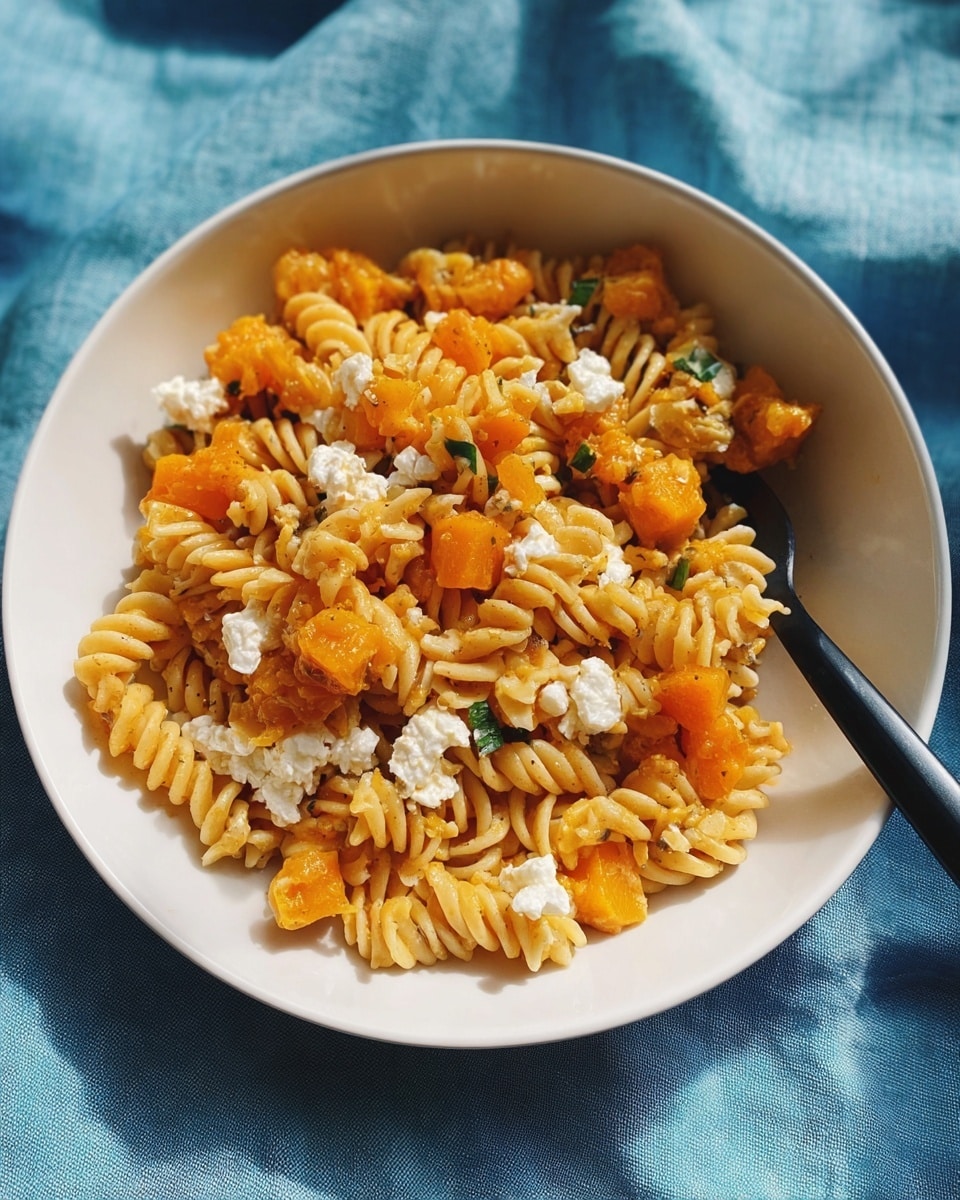
Garnishes
I love finishing this pasta with a sprinkle of toasted pine nuts or walnuts for crunch and a generous handful of fresh sage leaves for that final burst of aroma. A touch of extra red pepper flakes on top is my go-to when I want a bit more heat, and a drizzle of olive oil doesn’t hurt either.
Side Dishes
This pasta pairs wonderfully with a crisp green salad dressed with lemon vinaigrette or a simple roasted vegetable platter. For extra indulgence, I sometimes serve it alongside garlic bread or crusty sourdough to scoop up every last bit of that creamy sauce.
Creative Ways to Present
For special gatherings, try serving this baked feta and butternut squash pasta in individual oven-safe ramekins baked a little longer for bubbly, golden tops, or present it family-style in a beautiful rustic dish with an herb sprig centerpiece—it’s always a crowd-pleaser and looks stunning on the table.
Make Ahead and Storage
Storing Leftovers
I usually store leftovers in an airtight container in the fridge for up to 3 days. The pasta might soak up some sauce overnight, so just add a splash of olive oil or a bit more pasta water when reheating to bring back that creamy texture.
Freezing
Freezing this baked feta and butternut squash pasta works fine if absolutely needed, but texture might change slightly. I recommend freezing portions without pasta, then cooking fresh pasta for thawed sauce to keep that perfect consistency.
Reheating
Reheat gently in a skillet on low heat with a splash of pasta water or olive oil, stirring frequently. Avoid microwave reheating which can dry it out and separate the sauce. A gentle reheat keeps everything luscious and doesn’t lose that fresh-baked appeal.
FAQs
-
Can I use other types of squash in this baked feta and butternut squash pasta with sage and garlic recipe?
Absolutely! While butternut squash offers a lovely sweetness and creamy texture, you can substitute with delicata or kabocha squash. Just adjust roasting times slightly depending on the density and moisture content of the squash you choose.
-
Is it necessary to use fresh sage in this recipe?
Fresh sage really elevates the dish with its bright, aromatic flavor, but if you don’t have any on hand, dried sage can be used as a substitute. Use about one-third the amount since dried herbs are more concentrated—add it earlier in the cooking process so the flavor blossoms.
-
What type of feta cheese works best for baking in this pasta?
Look for a high-quality block feta rather than crumbled feta for baking. The block holds its shape better, melts into a creamy sauce without drying out, and browns beautifully on top, enriching the overall texture and flavor.
-
Can I make this pasta recipe vegan?
Yes! Swap out the feta with a vegan cheese alternative or make a creamy cashew-based sauce. Replace honey with maple syrup or agave to keep things plant-based while still capturing the sweet balance this recipe needs.
-
How do I prevent the feta from drying out when baking?
Keep the feta block whole and drizzle it with olive oil before baking. This helps keep it moist and creates that wonderful golden-brown crust without drying the cheese out. Also, watch the high-heat baking closely in the last 5-10 minutes so it browns beautifully without burning.
Final Thoughts
This Baked Feta and Butternut Squash Pasta with Sage and Garlic Recipe quickly became a favorite in my kitchen because it’s a perfect balance of simple ingredients and bold flavors, paired in a way that feels both indulgent and wholesome. I can’t recommend it enough when you want dinner that feels special but doesn’t demand attention all evening. Go ahead, try it for yourself—you’ll be amazed at how effortlessly satisfying this dish is, and I bet it’ll find a permanent spot in your pasta rotation too!
Print
Baked Feta and Butternut Squash Pasta with Sage and Garlic Recipe
- Prep Time: 10 minutes
- Cook Time: 40 minutes
- Total Time: 50 minutes
- Yield: 4 servings
- Category: Main Dish
- Method: Baking
- Cuisine: Mediterranean
- Diet: Vegetarian
Description
This Baked Feta and Butternut Squash Pasta with Sage and Garlic is a comforting and flavorful dish featuring roasted butternut squash and creamy baked feta cheese combined with al dente pasta. Enhanced with fresh sage, garlic, and a touch of hot honey, this recipe offers a perfect balance of savory, sweet, and spicy notes, ideal for a cozy weeknight meal.
Ingredients
Vegetables & Herbs
- 5 cups Butternut Squash (about 1 large butternut squash)
- 10 leaves Fresh Sage, minced
- 3 cloves Garlic, finely minced
Dairy
- 1 (8 oz) block Feta Cheese
Pantry Items
- 1/2 cup Olive Oil plus more for drizzling
- 2 hefty pinches Kosher Salt (just shy of 1/2 tsp total)
- 1 hefty pinch Red Pepper Flakes (optional)
- 1 tablespoon Hot Honey (regular honey is fine too)
- Fresh Cracked Black Pepper, to taste
- 1 lb Pasta such as rotini, orzo, or ditalini
Instructions
- Preheat Oven: Preheat your oven to 400°F (200°C) to prepare for roasting the butternut squash and baking the feta.
- Prepare butternut squash and feta: Toss the cubed butternut squash with olive oil, 2 hefty pinches of kosher salt, and a few cranks of fresh black pepper. Transfer the squash to a baking dish. Place the block of feta cheese in the center of the dish. Drizzle the feta with a bit of olive oil, sprinkle red pepper flakes (if using), and add fresh cracked black pepper on top.
- Bake initial stage: Bake the mixture at 400°F for 30 minutes until the butternut squash begins to soften and the feta starts melting.
- Adjust squash and increase heat: Remove the baking dish carefully and gently shift the butternut squash around to prevent burning on the bottom—avoid touching the feta. Increase oven temperature to 450°F (230°C) and continue baking for another 5 to 10 minutes until the feta is golden brown and slightly crisp on top.
- Cook pasta: While the feta and squash finish baking, boil 1 lb of pasta in salted water according to package instructions until al dente. Reserve 2 cups of the pasta cooking water before draining the pasta.
- Combine ingredients: After the feta is browned, remove the dish from the oven. Immediately add the minced garlic, minced sage leaves, and honey to the hot feta and squash mixture, stirring to combine.
- Add pasta and sauce: Add the cooked pasta and 1 cup of the reserved pasta water to the baking dish. Stir everything well to evenly coat the pasta in the creamy sauce formed by the feta, squash, and seasonings.
- Adjust sauce consistency and seasoning: If the pasta appears dry, slowly add more reserved pasta water until the sauce reaches a smooth and creamy consistency. Taste and season with additional salt, cracked black pepper, and more hot honey if desired.
Notes
- Use regular honey if hot honey is not available, but adding red pepper flakes helps maintain some spiciness.
- Be careful when stirring the squash during baking to avoid breaking apart the feta block prematurely.
- Reserve enough pasta water, as it helps bind the sauce and create a creamy texture.
- This recipe can be made with gluten-free pasta to accommodate gluten intolerance.
- For a nuttier flavor, you can toast the sage lightly before adding it to the dish, though fresh minced sage is preferred.
Nutrition
- Serving Size: 1 serving (about 1/4 of recipe)
- Calories: 520
- Sugar: 6g
- Sodium: 650mg
- Fat: 22g
- Saturated Fat: 8g
- Unsaturated Fat: 12g
- Trans Fat: 0g
- Carbohydrates: 60g
- Fiber: 6g
- Protein: 18g
- Cholesterol: 25mg

